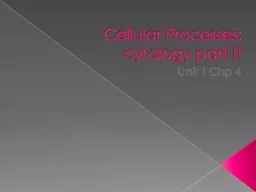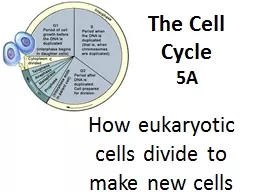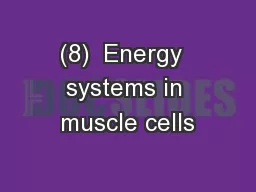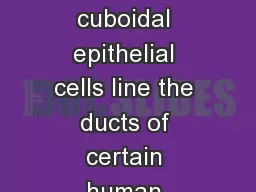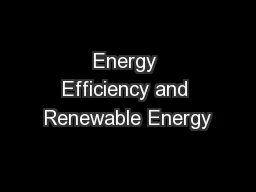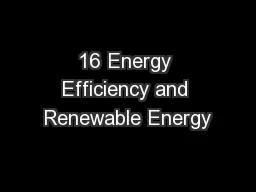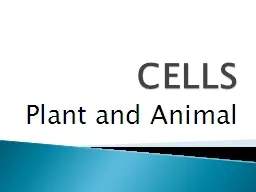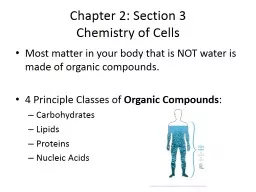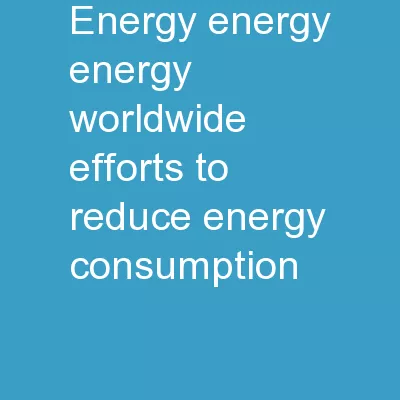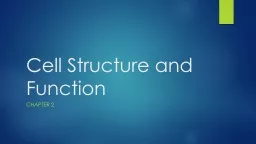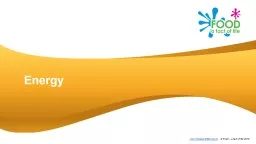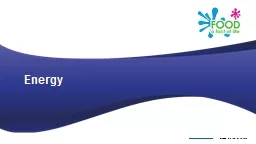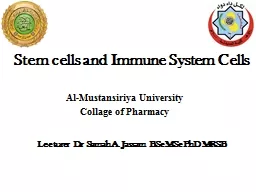PPT-Cells and Energy
Author : natalia-silvester | Published Date : 2016-10-06
Chp 4 Long photosynthesis song httpwwwyoutubecomwatchvyrQzEw9xY5k Photosynthesis song httpwwwyoutubecomwatchvC1uez5WX1o They Might Be Giants https wwwyoutubecomwatchvLgYPeeABoUs
Presentation Embed Code
Download Presentation
Download Presentation The PPT/PDF document "Cells and Energy" is the property of its rightful owner. Permission is granted to download and print the materials on this website for personal, non-commercial use only, and to display it on your personal computer provided you do not modify the materials and that you retain all copyright notices contained in the materials. By downloading content from our website, you accept the terms of this agreement.
Cells and Energy: Transcript
Download Rules Of Document
"Cells and Energy"The content belongs to its owner. You may download and print it for personal use, without modification, and keep all copyright notices. By downloading, you agree to these terms.
Related Documents

